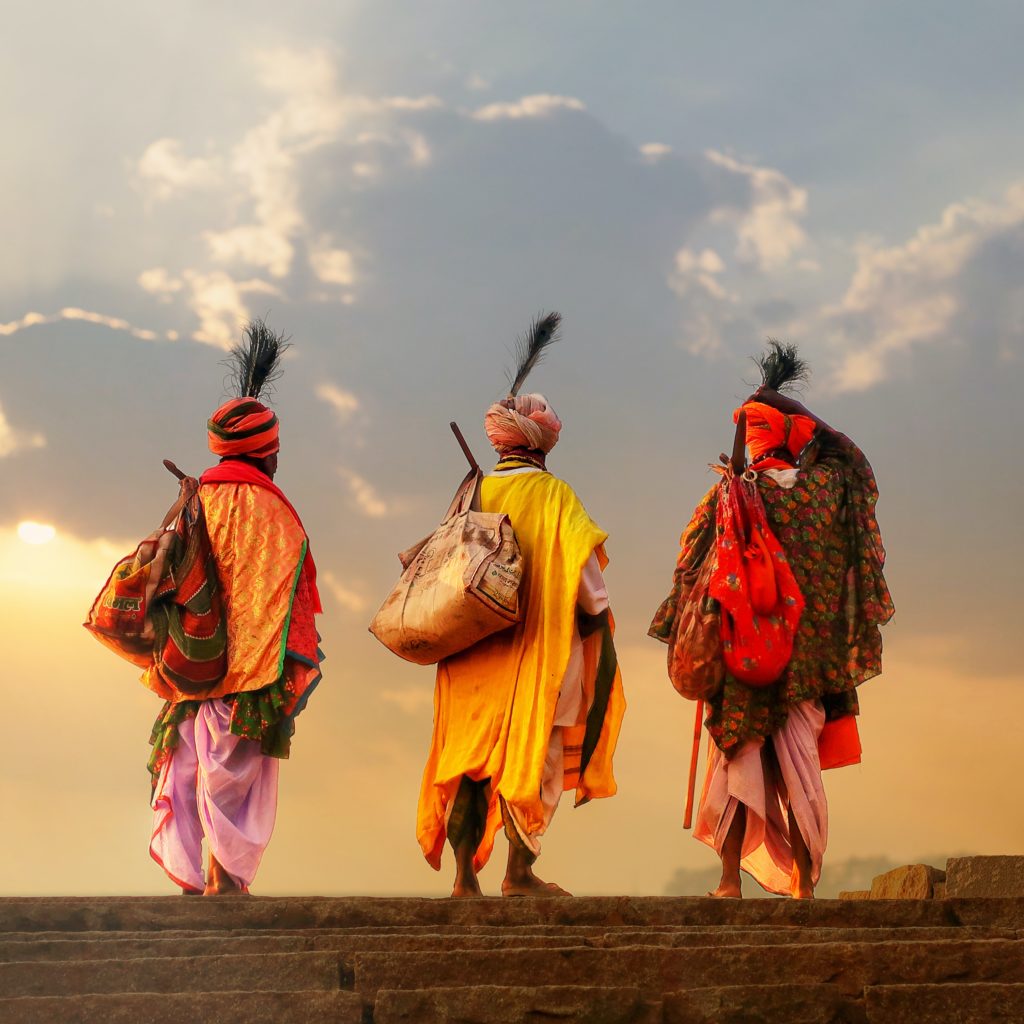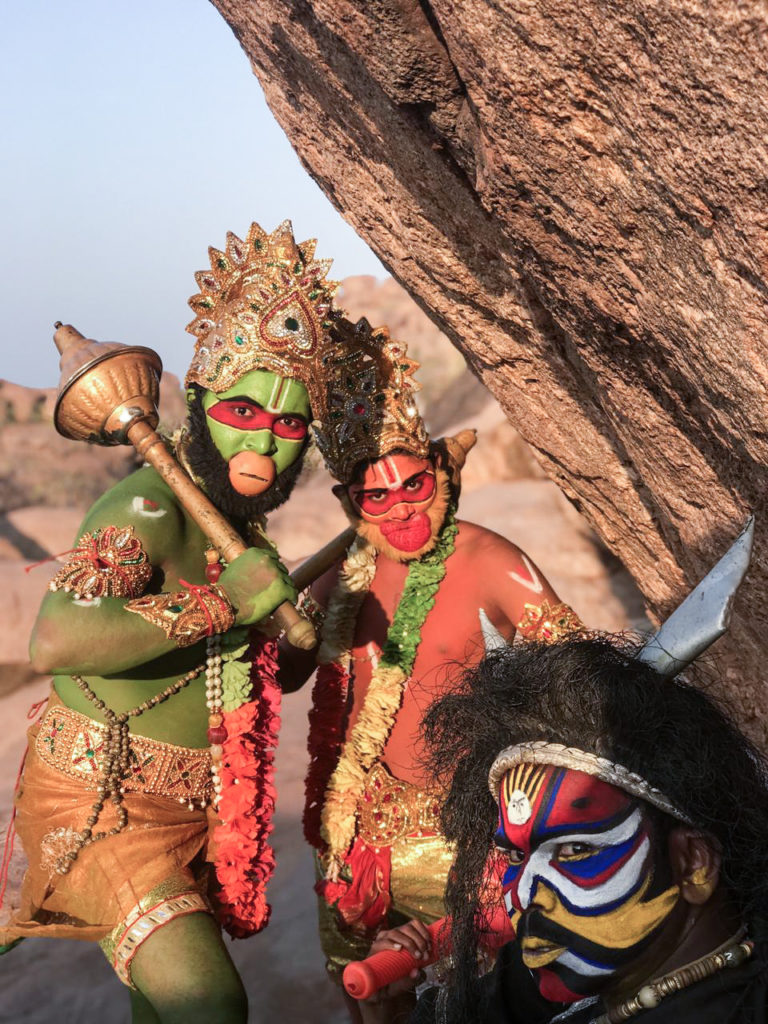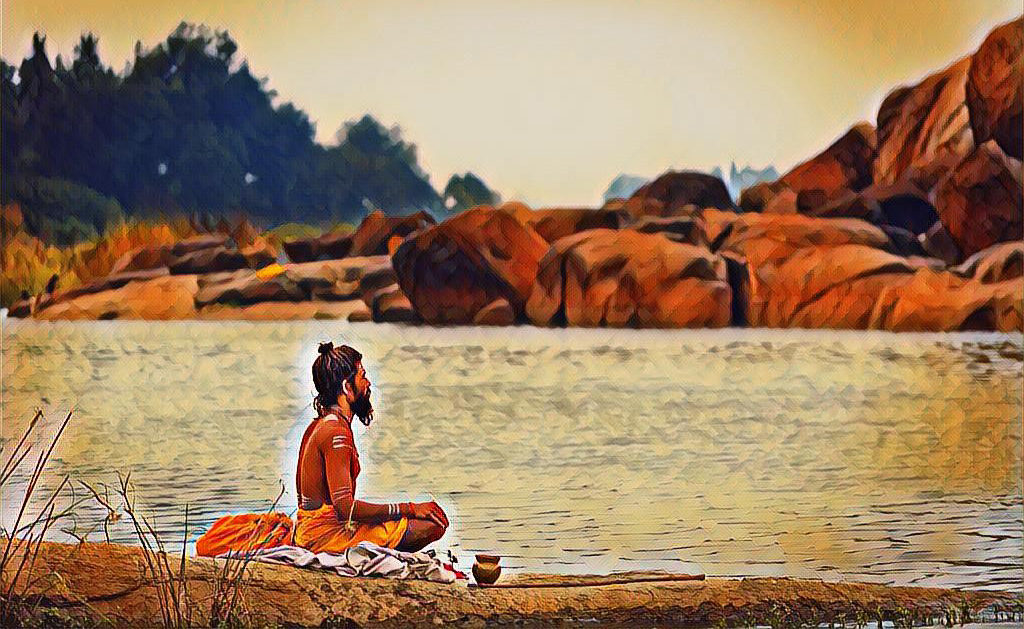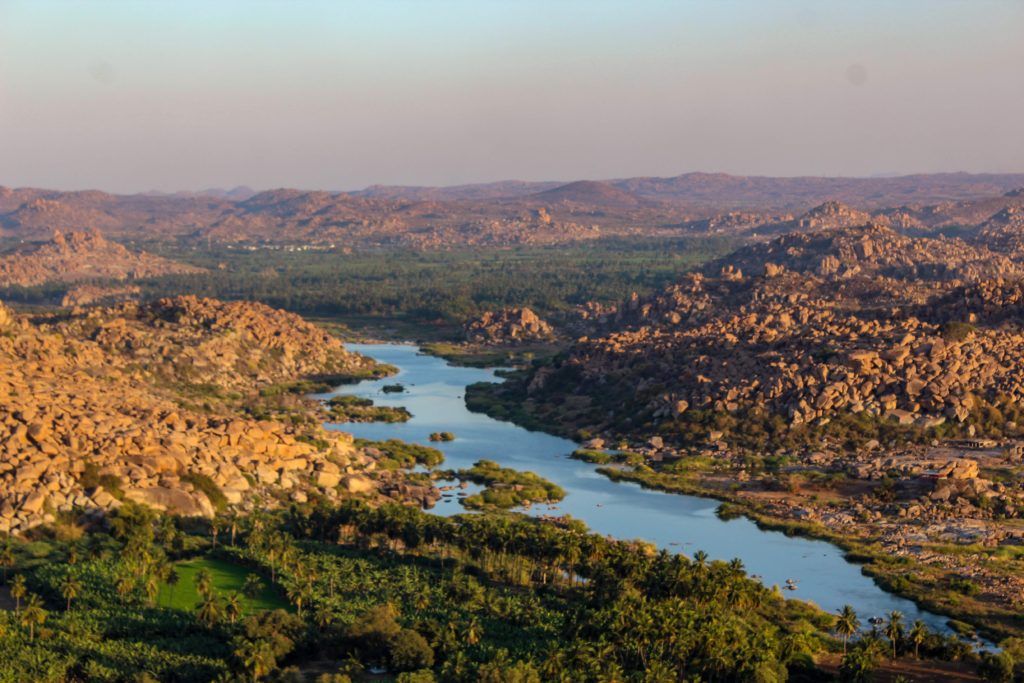Sign-up to receive updates, articles and offers in your inbox!
Your subscription could not be saved. Please try again.
Your subscription has been successful.








